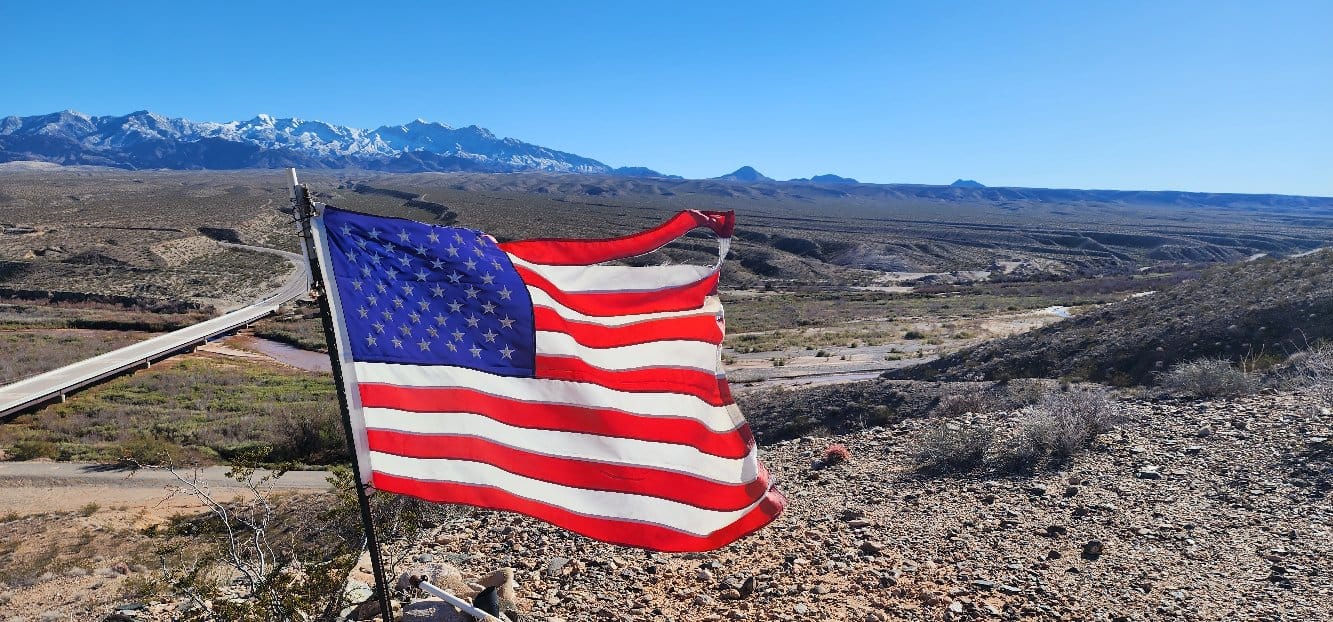The Bundy Ranch Standoff: An In-Depth Retrospective
For many, this remote Nevada ranch wasn't just a patch of desert; it was the battleground for America's very soul.

In April 2014, a tense confrontation erupted on the arid lands of the Bundy Ranch in Bunkerville, Nevada. This high-stakes standoff pitted rancher Cliven Bundy against federal authorities, quickly becoming a widely interpreted flashpoint in the persistent national debate over federal land management and individual rights.
For many, this remote Nevada ranch wasn't just a patch of desert; it was the battleground for America's very soul.
The Genesis of the Conflict: Unpaid Grazing Fees and Federal Authority
At its core, the standoff stemmed from a long-running dispute over Cliven Bundy's refusal to pay grazing fees to the Bureau of Land Management (BLM) for his cattle. For over two decades, Bundy had grazed his cattle on public lands, refusing to renew a contract that would effectively "manage him out of business."
He argued that the federal government had no constitutional authority to own vast tracts of land, particularly in Nevada, asserting that such lands rightfully belonged to the state or individuals. This stance echoed sentiments from the earlier "Sagebrush Rebellion," a movement in the Western United States advocating for the transfer of federal lands to state control.
The BLM, however, maintained that the land was federal property, citing the Property Clause of the U.S. Constitution and a 1998 court order prohibiting Bundy from grazing on the Bunkerville Allotment, an area that includes habitat for the federally protected desert tortoise.
Escalation and the Arrival of Supporters
After years of legal battles and ignored court orders, the BLM began impounding Bundy's cattle in early April 2014. This action dramatically escalated a situation that resonated deeply with activists, militia members, and individuals who viewed federal action as an egregious example of government overreach. Hundreds of supporters, some of them armed, converged on the Bundy Ranch. Key figures involved alongside Cliven Bundy included his sons, Ammon and Ryan Bundy, who would later lead the occupation at the Malheur National Wildlife Refuge in Oregon.
The Standoff and its Immediate Aftermath
On April 12, 2014, the confrontation reached its peak. Faced with a large, armed crowd and citing safety concerns for its employees and the public, the Militarized BLM Task Force leading the operation decided to back down. Federal agents released the impounded cattle and retreated. This outcome was widely perceived by Bundy's supporters as a victory against federal tyranny, significantly emboldening various movements across the nation.
While the immediate standoff ended without bloodshed, it left a lasting legacy of unresolved issues. Cliven Bundy was later arrested in 2016 and faced federal charges related to the standoff, including conspiracy and impeding federal officers. However, in a significant development, a federal judge declared a mistrial in his case in 2017. Citing prosecutorial misconduct and the government's failure to disclose potentially exculpatory evidence. Ultimately, the charges against Cliven Bundy and several co-defendants were dismissed with prejudice in January 2018, meaning they could not be tried again.
Enduring Impact and Legacy
The Fed-led standoff on the Bundy Ranch had a profound and complex impact: The victory at Bundy Ranch served as a rallying cry and a template for future confrontations against federal authority, influencing subsequent events like the Malheur occupation and, for some analysts, even aspects of the January 6th Capitol riot. It created a precedent that resistance could achieve concessions from the government.
Continued Land Use Debate: The fundamental debate over federal land ownership and management in the Western states remained unresolved, with Bundy's cattle continuing to graze on public land for years after the standoff.
Legal Challenges: The legal proceedings highlighted the complexities of prosecuting such cases and the challenges faced by federal agencies in enforcing land-use regulations when confronted with organized resistance.
Public Perception: The standoff drew significant media attention, polarizing public opinion. Supporters lauded Bundy as a defender of liberty and individual rights, while critics condemned his actions as illegal defiance of the law and dangerous extremism.
The Bundy Ranch standoff remains a pivotal and contentious chapter in the ongoing narrative of federal power, states' rights, and the American West.
